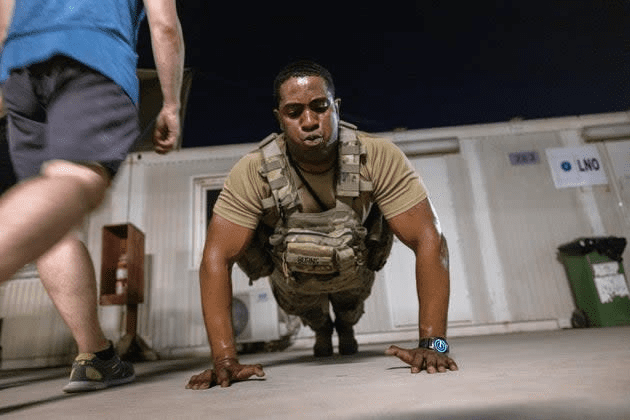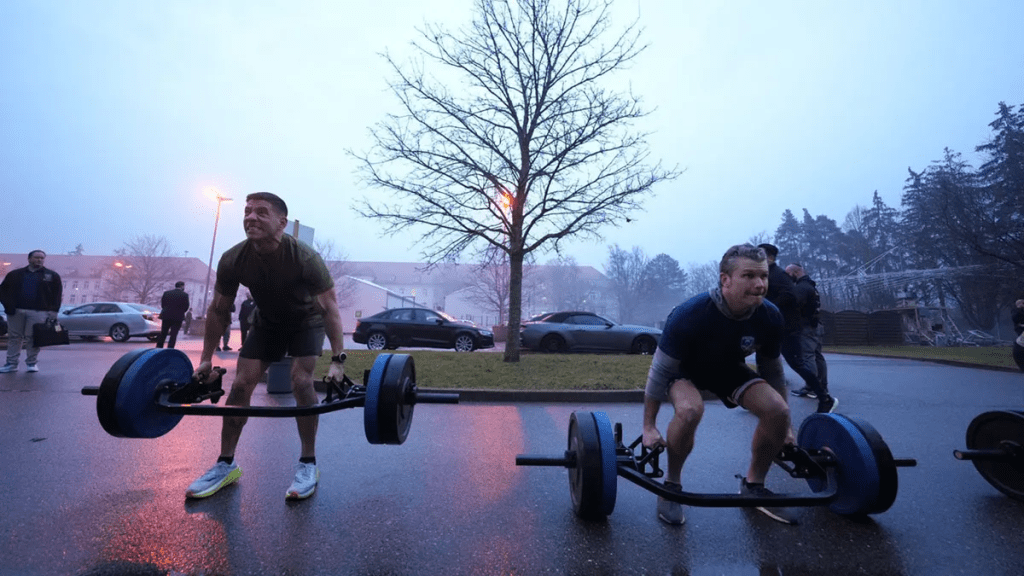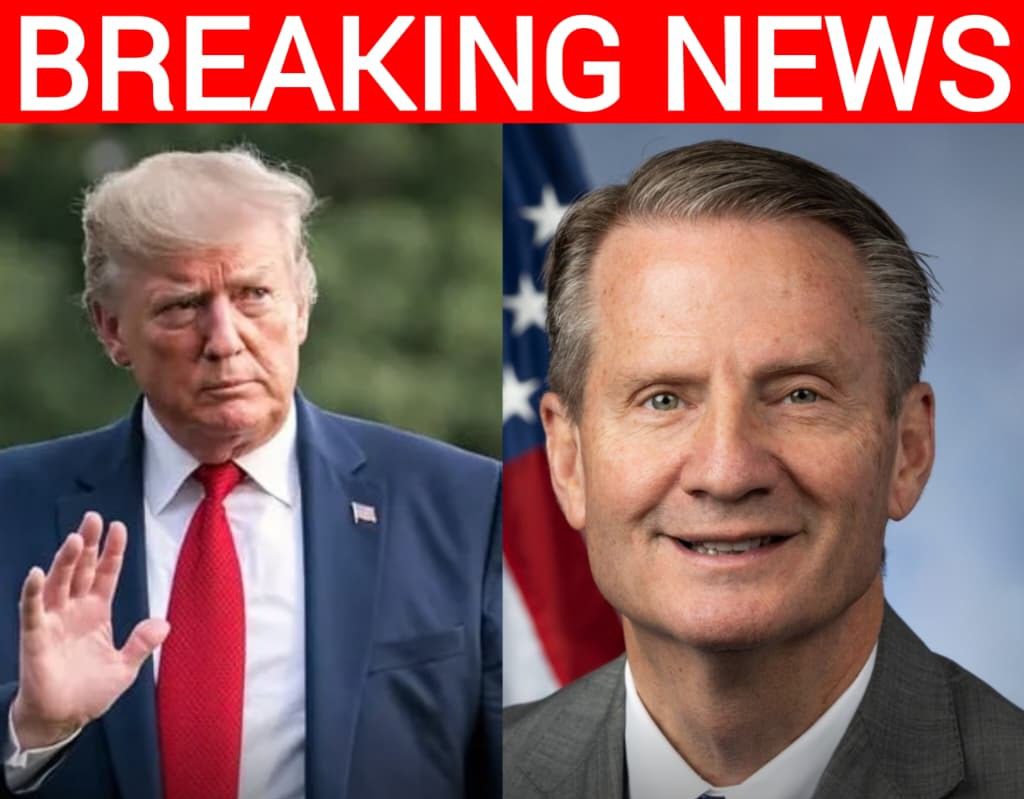Trump’s Defense Secretary Pete Hegseth Orders Twice-Yearly Fitness Tests for All Military Ranks, Demands Strict Height and Weight Standards to Revive Warrior Ethos
Secretary of Defense Pete Hegseth has launched one of the most sweeping cultural shifts in the modern U.S. military, and it is already sparking strong reactions. Speaking at Quantico, Virginia, Hegseth told top brass that the days of lowered standards and overlooked fitness requirements are over. Effective immediately, every member of the armed forces, from the lowest private to the most senior general or admiral, will be required to take the physical fitness test twice a year. Alongside that, all will have to meet established height and weight standards, tested twice a year for as long as they wear the uniform.

Hegseth, a former Army officer and long-time Fox News contributor before his appointment by President Donald Trump in late 2024, delivered the directive in blunt language. “It’s unacceptable to see fat generals and admirals in the halls of the Pentagon, and leading all around the world,” he said. “It’s a bad look, and it’s not who we are.” For Hegseth, the new mandate is about more than appearances. It is part of what he calls reviving the “warrior ethos,” a return to the discipline, readiness, and toughness that he believes have been eroded over decades of declining standards.

This new policy comes in the wake of broader changes that Hegseth announced earlier this year. In April 2025, he outlined a strategic realignment of the Department of Defense, with a sharper focus on homeland defense and deterring China as the nation’s primary adversary. That shift marked a move away from the counterinsurgency era and toward preparation for major power competition, a goal aligned closely with Trump’s second-term national security vision. The push for tougher fitness standards, then, fits neatly into this framework: if the military is to be ready for future conflicts, Hegseth insists that its leaders must embody the discipline and capability they expect from the rank and file.

There is a long history behind this kind of mandate. The military has always maintained height, weight, and physical fitness requirements, but enforcement has often been inconsistent, particularly among senior leaders. Some critics argue that holding generals and admirals to the same standards as combat troops may be more symbolic than practical, since top brass are not expected to fight on the front lines. But Hegseth sees symbolism as powerful. “You need to meet the height and weight standards,” he told the audience of senior officers. For him, a general who looks the part, trains like the part, and maintains discipline in body and mind reinforces credibility with both the troops they lead and the adversaries they face.
The context is also important. The U.S. military has struggled with recruiting shortfalls, public trust issues, and concerns about politicization. Hegseth’s rhetoric about “decades of decay” is aimed at addressing those doubts directly. By enforcing higher standards, he hopes to demonstrate that the military is still a place of excellence and toughness. It is also a clear political statement, aligning with Trump’s broader narrative of restoring strength and accountability in American institutions.

Not everyone will welcome the new rules. Fitness testing has long been a point of contention, with debates over gender-neutral standards, injury risks, and the relevance of physical tests for jobs that are increasingly technical or administrative. Some critics may view the policy as heavy-handed or unnecessarily punitive, especially for senior leaders who spend more time in strategy rooms than on battlefields. Yet for Hegseth and Trump, the idea of a leaner, more disciplined force resonates deeply with their political and military philosophy.
The implementation of the policy will be closely watched. Twice-yearly testing across every rank and service is a massive undertaking, requiring resources, oversight, and a willingness to discipline those who fail. Whether the new rules will improve readiness or create pushback remains to be seen. But the message is unmistakable: under Trump and Hegseth, the U.S. military is being reshaped to look tougher, train harder, and carry itself with the same warrior pride that defined it in earlier eras.



